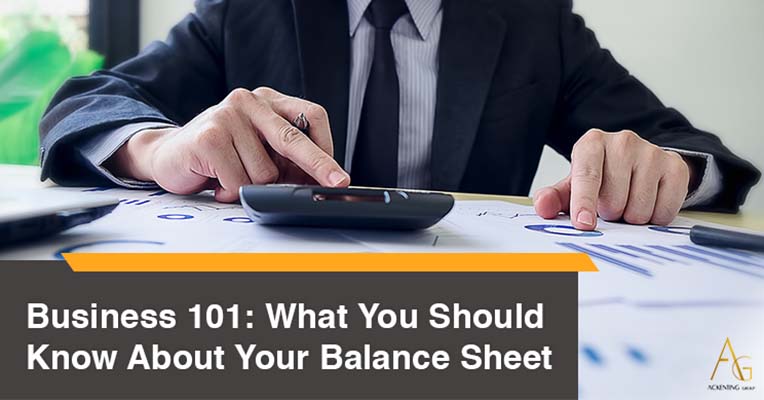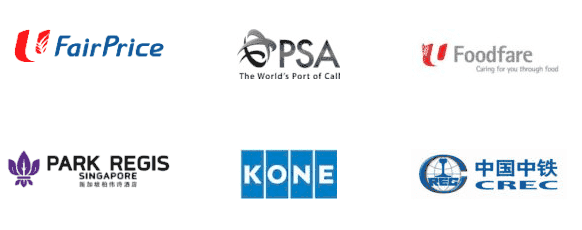It is essential for entrepreneurs to understand their business’s financial standing at all times. This allows them to develop and plan for future goals and make critical management decisions. And one way for business owners to stay on top of their companies’ finances is for them to keep track of their balance sheets.
Maintaining a balance sheet – also known as a statement of financial position – makes this an easier process, as the company’s assets, liabilities, and shareholder’s equity are all recorded down, allowing entrepreneurs to get a good grasp of their business’s performance at a glance.
As such, it is imperative for the items in a balance sheet to be recorded with due diligence because it enables management to quickly spot and rectify potential issues before they turn into bigger problems. Moreover, current and potential investors may also use a business’s balance sheet to gauge what their funding will be spent on and when they can expect a return on their investments.
However, not every business owner has an accounting background, making it a challenge for some of them to reconcile a balance sheet. If you are an entrepreneur facing a similar issue, let us share what you need to know about the information that goes into your company’s balance sheet.
What is in a balance sheet?
Knowing what goes into a balance sheet is the first step to maintaining and tracking it. There are three key elements that form a balance sheet equation: Assets = Liabilities + Shareholder’s Equity.
As we can decipher from this equation, a balance sheet contains two portions. Both sides must always be equal, meaning that a business’s total assets must be balanced with its liabilities and obligations.
Assets
Assets generally refer to anything the company owns that has inherent value or the capacity to create value. They can be further categorised into current and non-current assets.
Current assets generally have a year-long lifespan and can easily be converted to cash. Examples of current assets include:
- Cash (bank deposits and petty cash etc.)
- Inventories
- Accounts receivable within 1 year
- Other cash equivalent receivables (short-term government bonds and treasury bills etc.)
Conversely, non-current assets cannot be readily converted to cash or are not expected to be converted to cash within the accounting year. Examples include:
- Receivables that are only collectable after 1 year
- Goodwill, copyrights, and other intangible assets
- Property, Plant and Equipment (PP&E)
Liabilities
Liabilities are a company’s financial obligations to its vendors and other stakeholders. Like your organisation’s assets, they can be classified under short or long-term liabilities.
Current liabilities generally comprise payments that are payable within a year. Some examples include:
- Tax payable
- Accounts payable
- Provisions
- Short-term loans
Examples of non-current liabilities are:
- Deferred taxation
- Expenses that are only payable after 1 year
- Debentures
Shareholder’s equity
Shareholder’s equity – also called owner’s equity – outlines the company’s total net worth if it were to sell the entirety of its assets and completely resolve its liabilities. It comprises the owner’s initial capital investment and the company’s earnings, which are classified as retained earnings after they are reinvested into the business. This amount can then be distributed in dividends to the shareholders.
Conclusion
The balance sheet is an effective and essential reporting tool that outlines a business’s funding and obligations. Maintaining a balance sheet allows entrepreneurs to grasp their company’s financial status at any point in time, so they can make informed business decisions to help grow the company.
However, it is essential to remember that a balance sheet needs to be meticulously maintained for it to provide business owners with accurate data. Therefore, if you do not possess an accounting background, it is advisable to outsource your accounting needs to a specialised accounting firm.
At Ackenting Group, we provide an extensive range of reliable and affordable accounting and bookkeeping services tailored to your business needs. With our experienced accountants overseeing your company’s balance sheets, you can rest easy knowing you will receive prompt and accurate updates on your business’s financial performance.
If you require any assistance on accounting services, feel free to drop us an email at johnwoo@ag-singapore.com or contact us at +65-66358767. At Ackenting Group, we offer a complimentary 30 minutes online consultation for us to better understand your business requirements.














